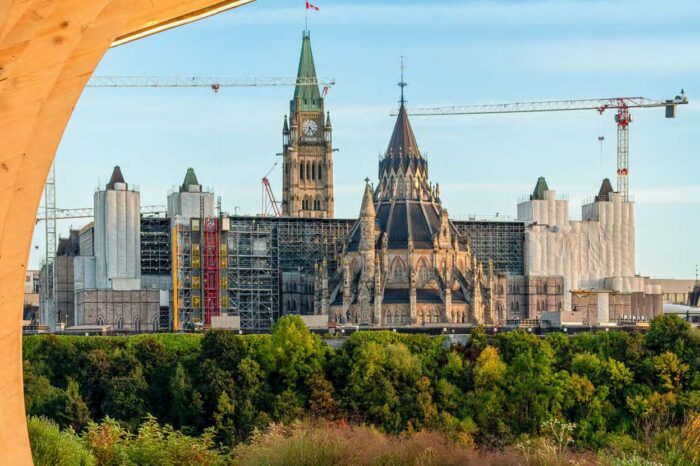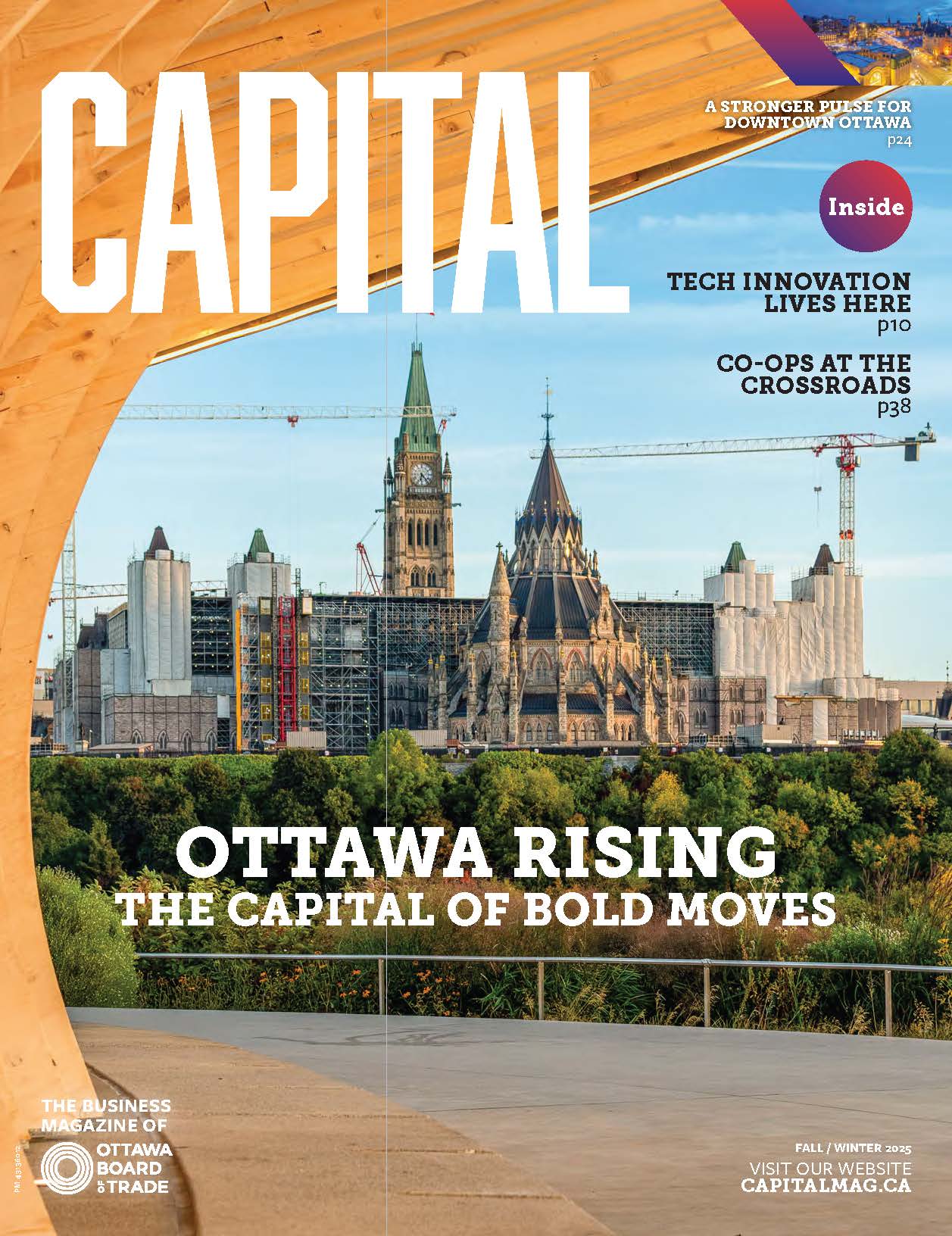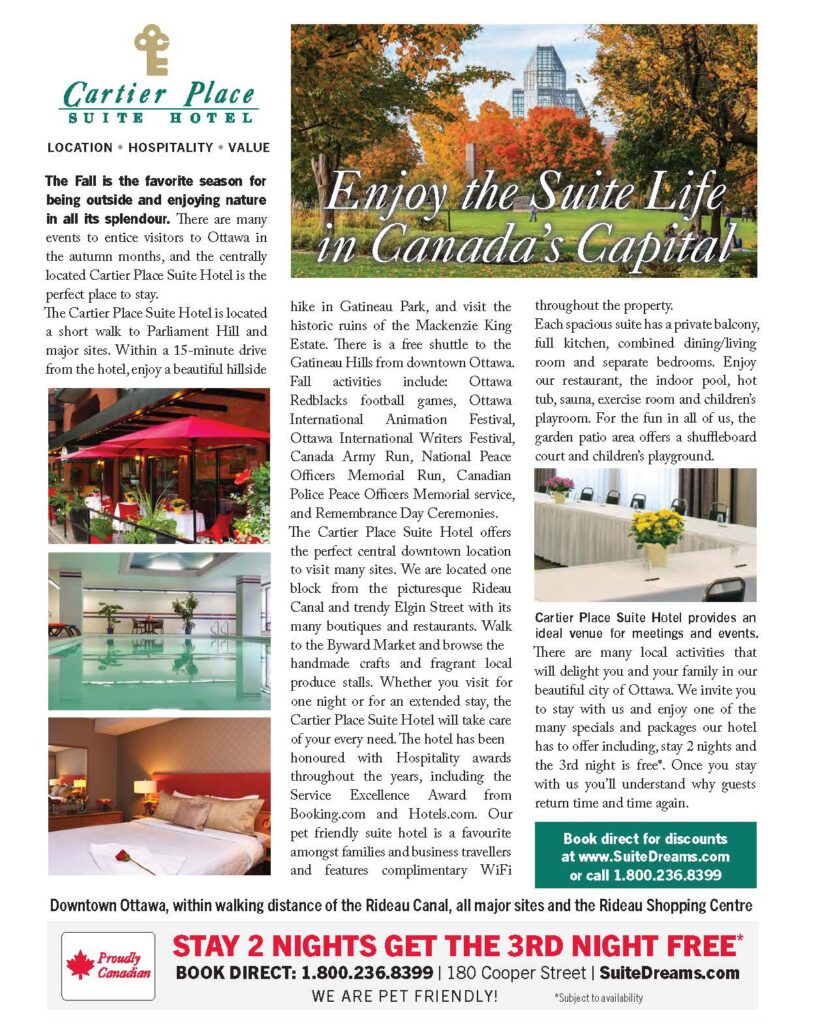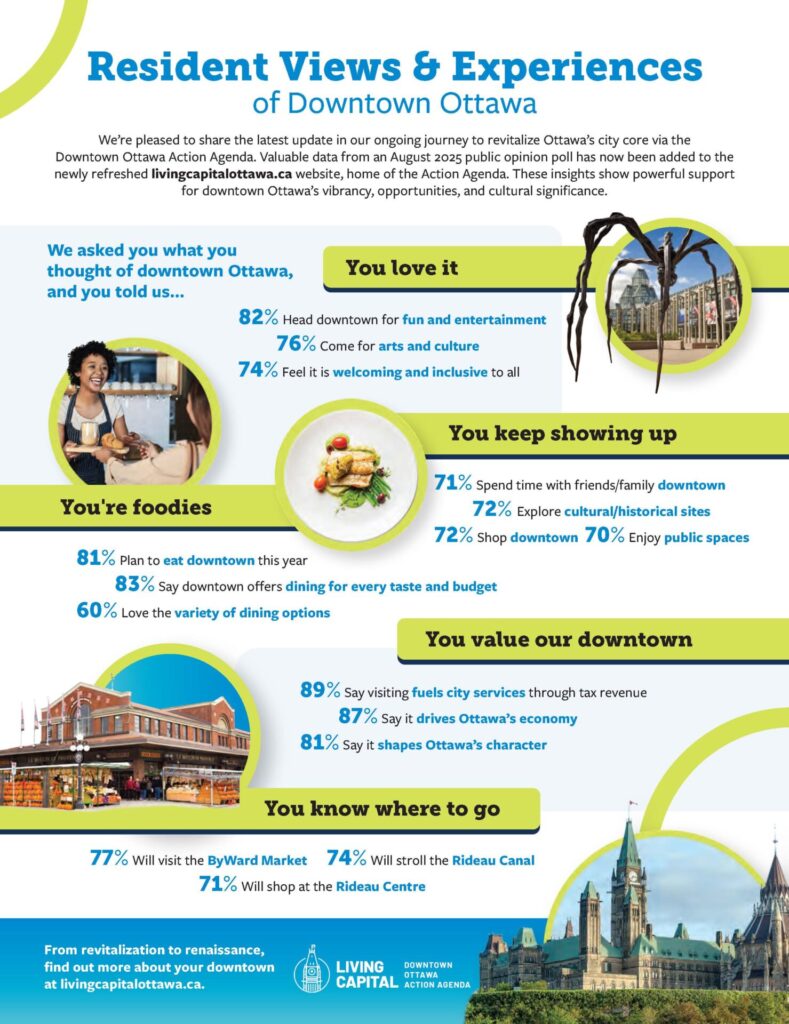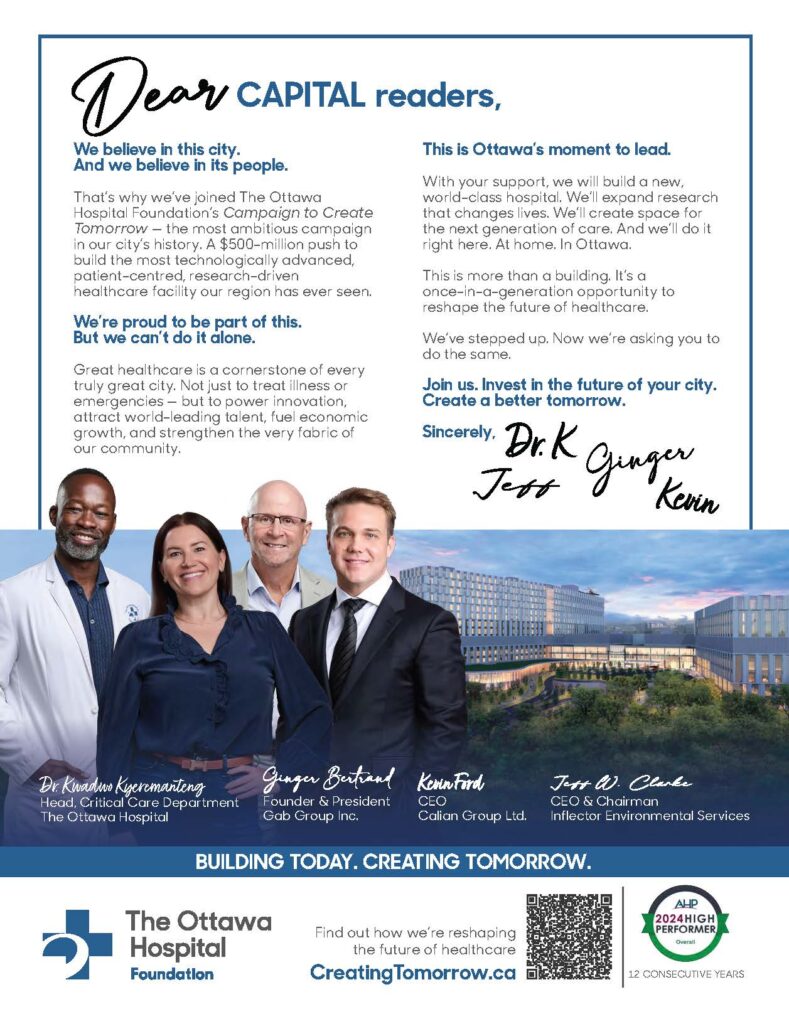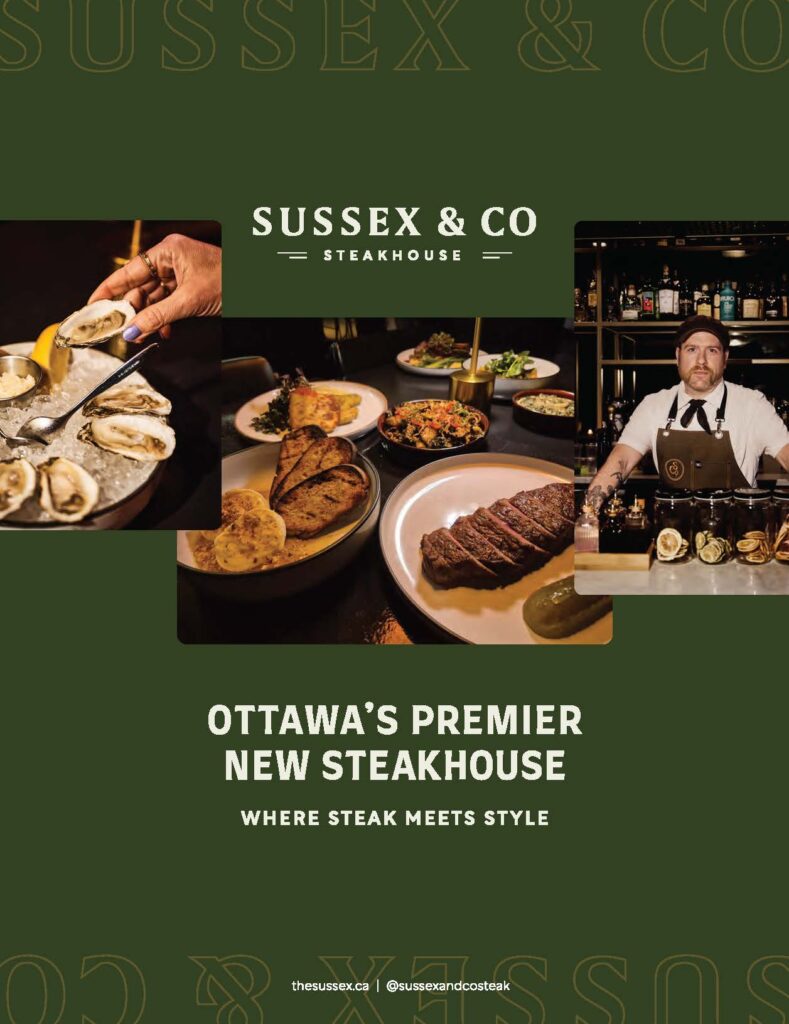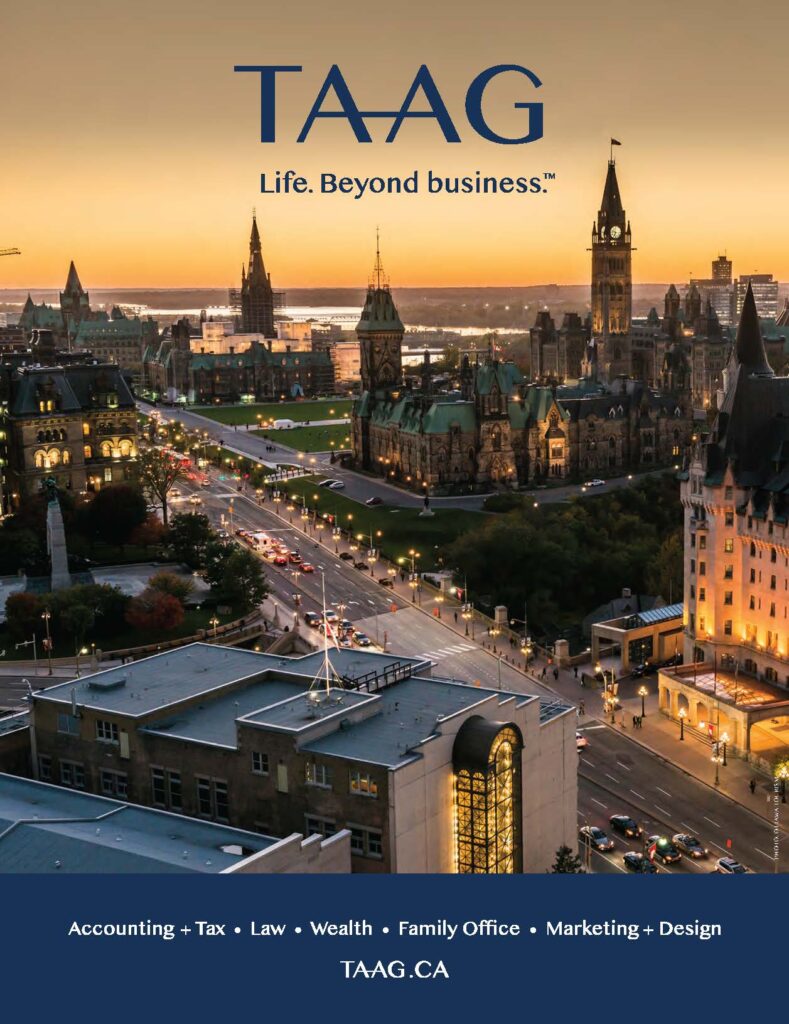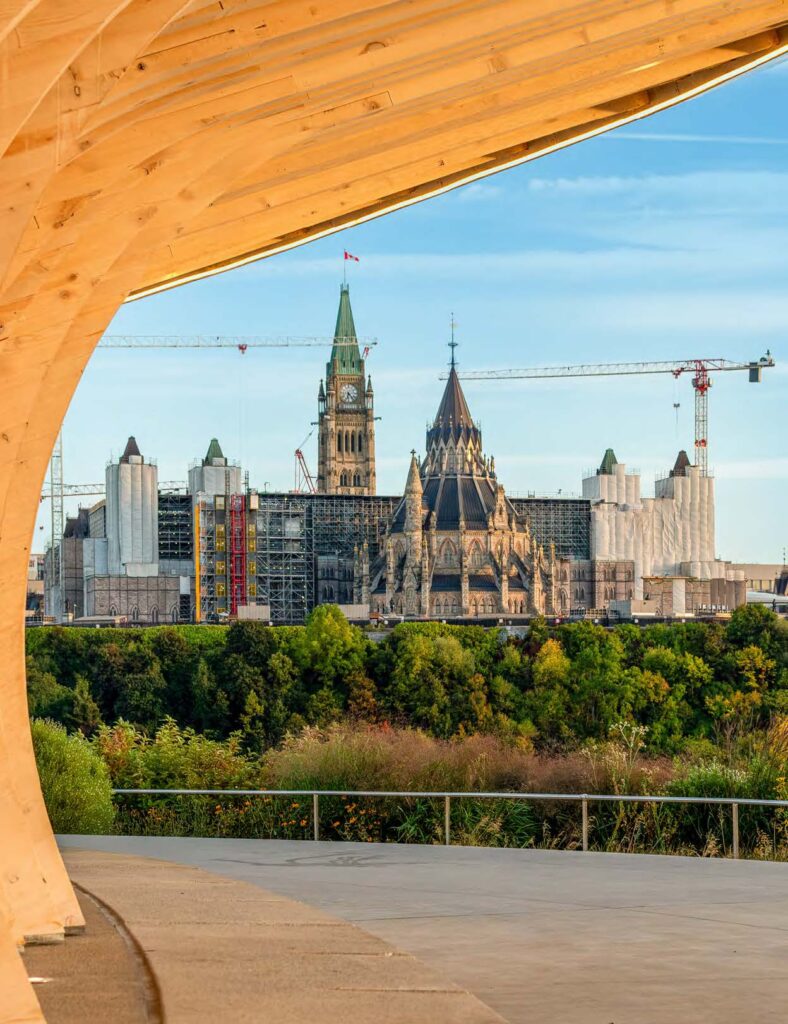Building Back Better: Struggling Sectors

By Jeff Buckstein
As the new decade dawned, the hospitality industry in Ottawa was soaring, buoyed by the winds of a healthy economy. Business conventions filled the coffers of local businesses. Leisure travel abounded as Canadians and international visitors flocked to the capital. Sporting events drew large crowds, creating positive financial spin-off for nearby restaurants, hotels and motels.
In 2018 and 2019 there were more tourists coming from overseas than ever before from countries like the U.S., Mexico, China and India, says Tony Elenis, president and CEO of the Ontario Restaurant Hotel & Motel Association (ORHMA), headquartered in Mississauga.
All of a sudden COVID-19 delivered an unexpected global shock. “By March 2020 the whole industry hurt badly, and continues to be, although we’re trying to pick up the pieces,” says Elenis. “We’re an industry whose strengths are meeting people, having fun, and celebrating. But those became our impediments when this pandemic came,” he adds.
Restaurants, whose core revenue comes from indoor seating, were hit hardest because unlike hotels and motels they were subject to complete lockdowns. “Revenue to every seat is so critical in a food and beverage operation because of the low margins,” says Elenis.
Some restaurants adapted well with takeout and delivery, but that operational model did not work for all. Hotels and motels continued to operate, but at lower capacity, and with a greater need for costly safety spending, at much smaller revenue margins than they were used to, he adds.
To mitigate the damage, right from the beginning, and at the direction of governments, hospitality businesses implemented expensive safety protocols, such as installing plexiglass. Various employees were given sanitization tasks as cleaning became a priority. Distancing rules were put in place.
“I really compliment the industry for stepping up to the plate and installing and implementing the various protocols that were needed. Frontline employees especially have played a key role over the last 20 months of working and enduring in hotels, motels and restaurants under totally different conditions and structures than hospitality has been noted for,” Elenis says.
The good news for restaurants is that capacity limits were lifted this autumn. For hotels and motels, occupancy was buoyed by an increase in leisure market travel, says Elenis.
But the fall and winter business season and booking of meeting rooms is going to require many changes to convince people that it is safe to start traveling again, including confidence in open borders and the health status of visitors, he adds.
“We need every tourist we can get, especially from the depressed business market,” Elenis stresses, noting that while the COVID-19 variants lead to unpredictability, there is hope that the vaccination program will be successful in preventing further spread of the disease, and further lockdowns.
The hospitality industry plans to build back to an even stronger position than before, in part by carrying forward pandemic-related initiatives that emphasize safety as a number one priority. In fact, says Elenis, hospitality venues that can innovate best in this field, such as embracing technology to alleviate touching, will earn themselves a competitive advantage.
“That will build consumer confidence,” he predicts.
